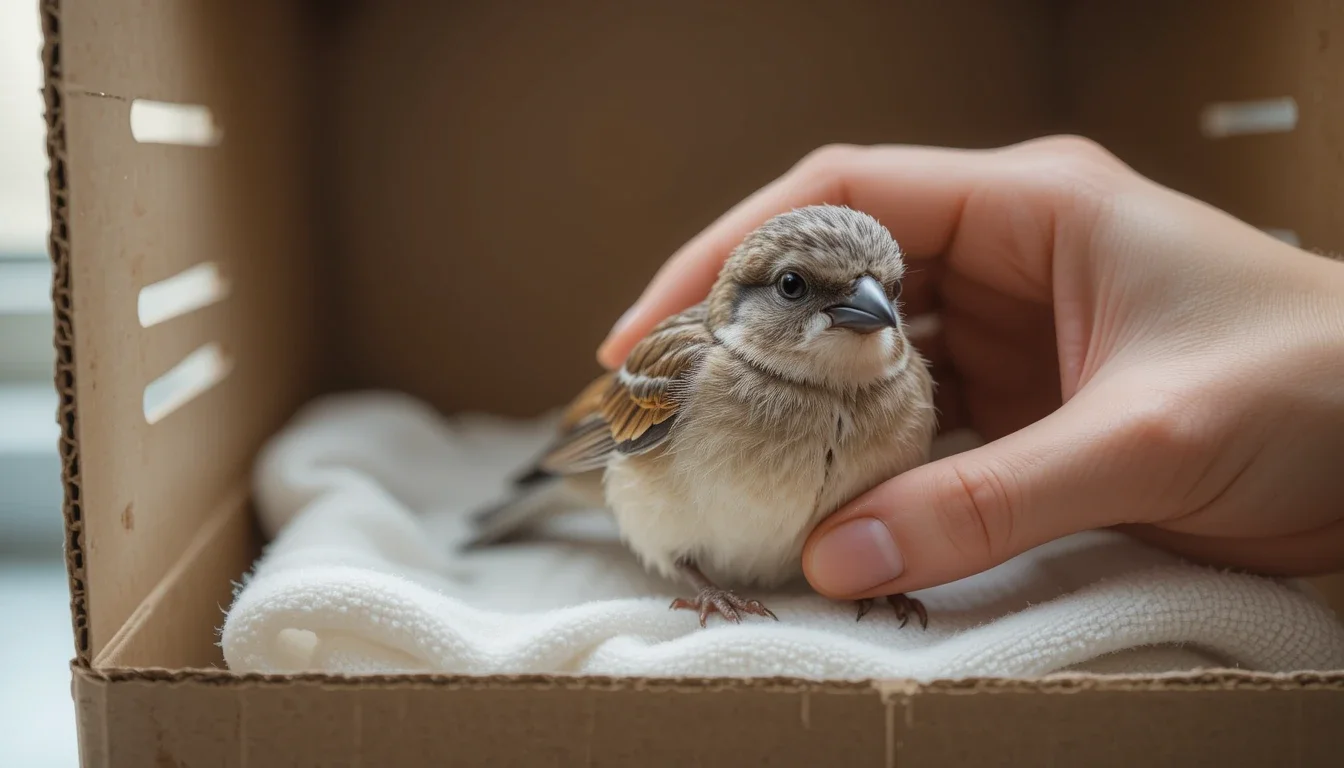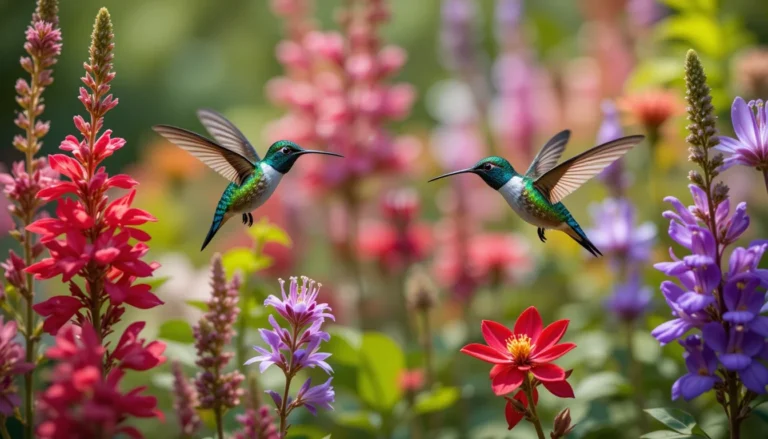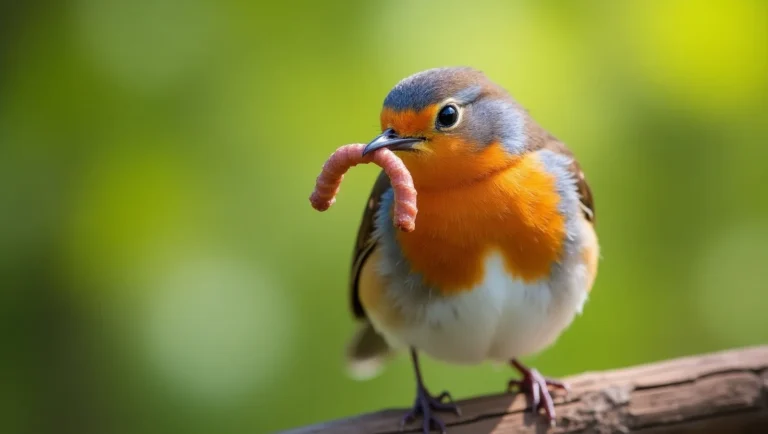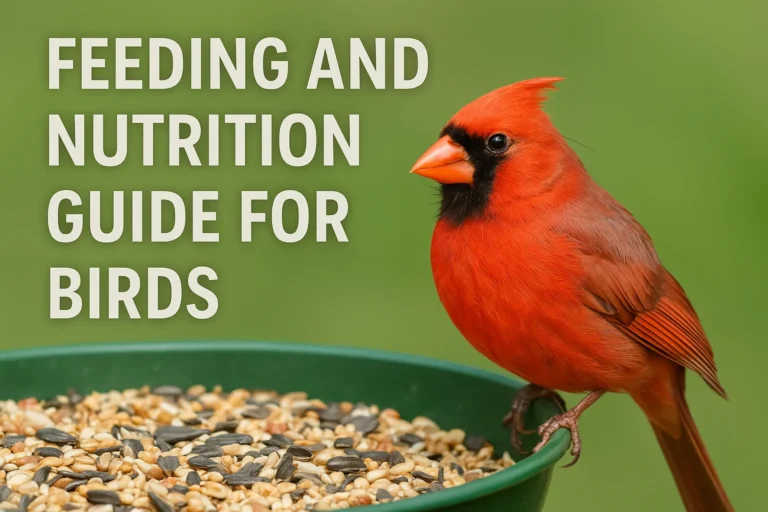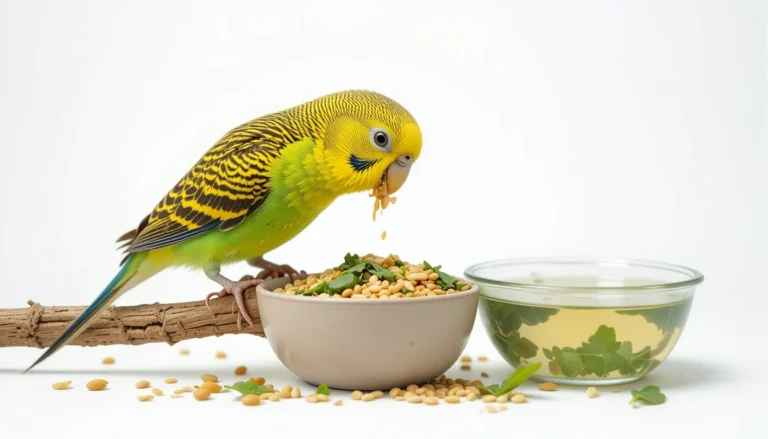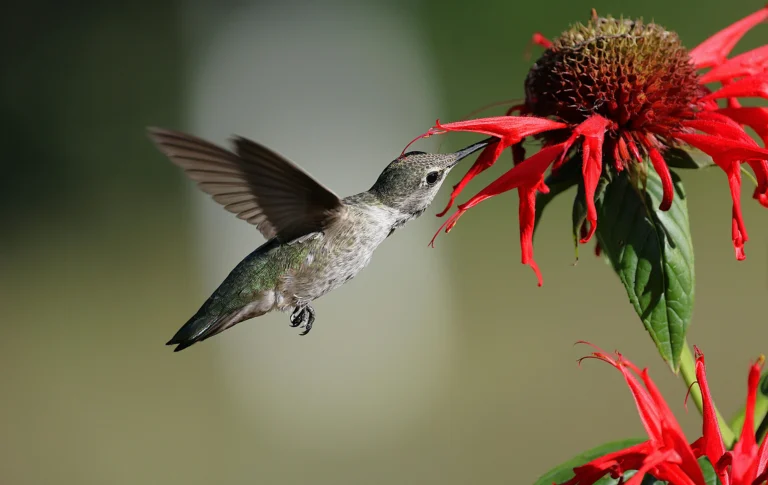As temperatures continue to rise each year, wild birds silently face serious dangers. Heatwaves can lead to dehydration, heat stress, or even death—especially for baby chicks and older birds. Without access to fresh water, shade, or safe spaces, many birds struggle to survive during hot summer days. While feeding birds and providing birdhouses is helpful, taking action for summer bird care is just as important. Simple steps like placing shallow water dishes, offering shaded areas, and knowing how to help an injured or weak bird can make a big impact. Creating a bird-friendly environment that stays cool and safe during extreme heat can save lives.
Summer Is Dangerous for Birds
With each passing year, summer temperatures are hitting new highs. Birds can’t sweat like humans. They try to stay cool by panting, finding shade, or taking short baths. But when heatwaves get stronger—especially in cities where there are fewer trees—birds can quickly become sick or even collapse.
Chicks and young birds are more sensitive. If their nest doesn’t have enough shade or they don’t get water, they can die within hours.
Signs That a Bird Needs Help
Not all birds you see resting on the ground need to be rescued. But if you notice these signs, it means the bird is in trouble:
- Breathing with open beak (panting)
- Holding wings away from its body
- Looking tired, weak, or confused
- Can’t fly or keep balance
- Lying still on the ground for too long
These are signs of heat exhaustion. It’s time to step in.
If You Find a Heat-Stressed Bird
1: Approach slowly so the bird doesn’t panic or get more stressed.
2: Move it gently to a shady, quiet area using a towel or soft cloth.
3: Offer water in a shallow bowl. Never force the bird to drink.
4: Cool it down by lightly spraying or dabbing water on its feathers using a spray bottle or damp paper towel.
5: Call experts for help. Use your phone to search “wild bird rescue near me” or check if your city has a bird rescue hotline. Many are open 24/7.
Getting Professional Help for Injured Birds
If the bird doesn’t recover after your help, take it to a professional. Here’s where you can go:
- Local Bird Rescue Centers – These are non-profits with trained rehabbers.
- Animal Clinics or Vets – Some accept wild birds and offer emergency care.
- Wildlife Departments – State or city wildlife agencies often have helplines.
Search online using terms like “bird care near me” or “parrot rescue center” if it’s a domestic bird like a parrot or budgie.
Making Your Backyard Safe for Birds in Summer
If you want to stop birds from getting sick in the first place, turn your garden or balcony into a safe zone.
Add Cool Drinking Water
- Use shallow bowls or birdbaths
- Drop a few stones so birds can perch safely
- Place the bowl in a shady spot and clean it daily
Grow Shade with Plants
- Plant local trees, bushes, or vines
- Dense greenery gives birds a place to hide from the sun
- Vines along fences are also great for shade
Install Simple Cooling Ideas
- Add a misting spray near feeders
- Freeze small fruit pieces in ice cubes and serve them
- Use umbrellas, cloths, or DIY shades for open spaces
Helping Baby Birds During Hot Days
During the summer, it’s common to see baby birds on the ground. But before you try to help, it’s important to know if the bird really needs saving. Many young birds are learning to fly and don’t actually need help. Here’s a simple guide:
If the Baby Bird Has Feathers and Is Hopping Around
This is called a fledgling.
- It has most of its feathers and may look like a small adult bird.
- It may seem like it’s alone, but its parents are usually close by, watching and feeding it.
- It is normal for fledglings to be on the ground for a few days while they learn to fly.
Just watch from a distance. Do not pick it up or move it.
If the Baby Bird Has No Feathers or Just a Few
This is called a nestling.
- It’s too young to be out of the nest and cannot survive on the ground.
- It may look weak, with closed or barely open eyes.
What to do: - Look for the nest in a nearby tree or bush.
- If you can see it, gently place the bird back in the nest.
- It’s a myth that birds reject babies touched by humans. Most birds don’t have a strong sense of smell.
If You Can’t Find the Nest
- The best option is to contact a nearby bird rescue center or wildlife rehabilitator.
- Search online for “baby bird rescue near me” to find local help.
What to do:
Do not try to raise the bird yourself. It needs expert care, the right diet, and proper handling.:
Simple Kit for Summer Bird Rescue
Keep these items ready at home:
- Cardboard box with lid and holes for air
- Clean cloth or towel for lining
- Small bowl for water
- Spray bottle with normal water
- Contact list of local bird rescues and wildlife rehabbers
FAQs
Place it in a small box with air holes and a soft towel. Keep it quiet and dark. Then call a bird rescue center.
Move it to shade, sprinkle water gently, and let it rest. Don’t give food or force water.
Safely remove it using gloves. Clean your birdbaths and feeders to prevent disease.
No. Their diet is special. Feeding them wrong can kill them. Call a rescue center.
Yes, if they were found nearby and are healthy again, they can return to their area safely.
Conclusion:
Injured birds often go unnoticed, and many don’t survive simply because no one took action. But your small effort—like making a call to a bird rescue center or giving a bird water and shade—can be the difference between life and death. When you know what to do and how to find help nearby, such as searching “bird rescue near me,” you become part of something bigger. You’re not just helping one bird—you’re protecting nature, supporting local wildlife, and bringing balance back to your environment. A single act of care can ripple out in ways you may never see, but it always matters.

